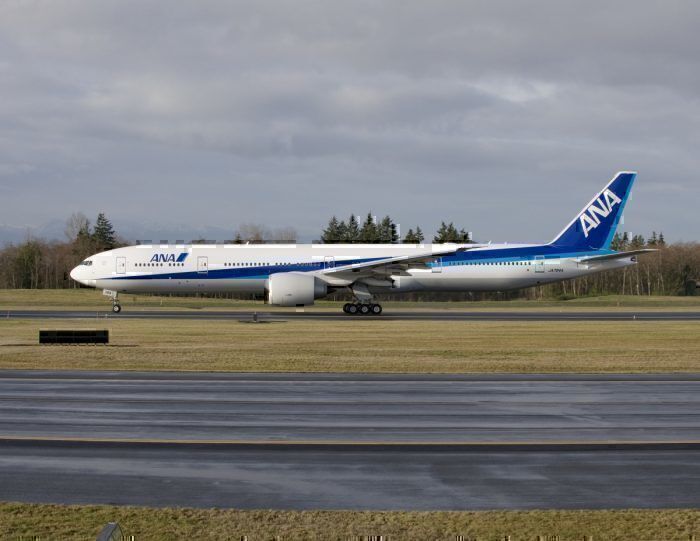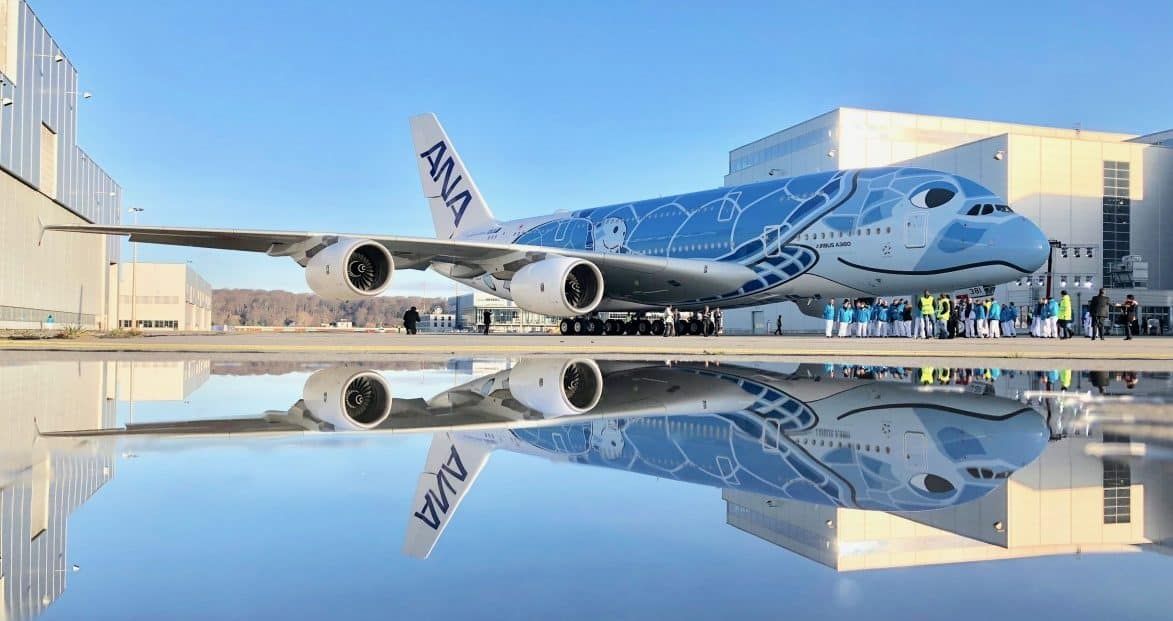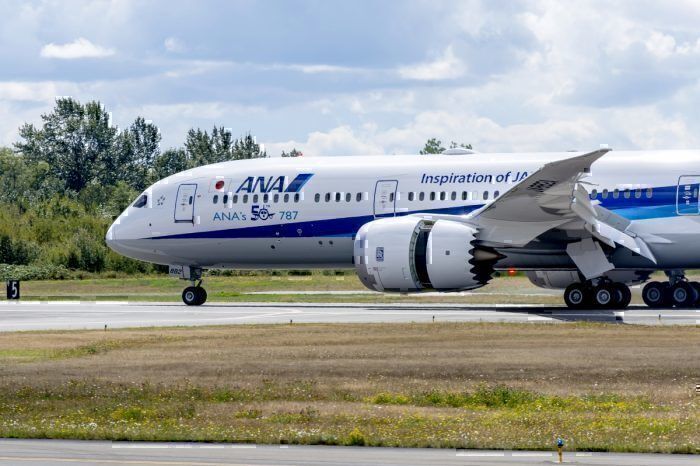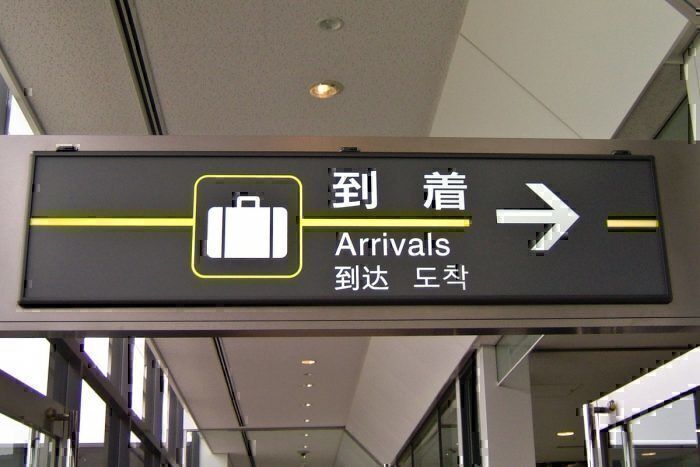In order to make the travel process easier for international passengers in Japan, ANA is rolling out a new translation device called Pocketalk. Available at over 50 Japanese airports, ANA is hoping this move will make the airline a more appealing option for international passengers attempting to visit or connect in Japan.International travel can be hard. Language barriers can make it difficult for passengers and airport staff to communicate. Moreover, in the case of baggage delays, missed connections, or complex transfer processes, this can create travel stress. With a greater number of travelers than ever before, ANA is introducing Pocketalk as a way to cater to the growing number of international passengers.
What is Pocketalk?
Pocketalk is a mobile translator device with real-time language translator capabilities. The device has the capability to translate up to 74 languages instantly. Amazingly, this device also takes into account various dialects and colloquial, idiomatic phrases. Of these 74 languages, 55 are translated into speech and text. Meanwhile, the remaining 19 languages can only be translated into text as of November 2019.
Pocketalk is not only for airport staff. Passengers can purchase their own device for use not just in airports, but at stores, restaurants, and any other locations in 128 countries according to the main Pocketalk website.
How will ANA roll out Pocketalk?
ANA describes Pocketalk as an "advanced interactive translator." This mobile, handheld device will be distributed across ANA ground staff at 50 Japanese airports. In total, 200 of these devices will be in the hands of ANA ground staff. The first of these can be found at Osaka International Itami Airport at lobby and boarding gates.
Will Pocketalk give ANA a leg up?
For a number of passengers, Japan can be an incredible destination to visit. From skiing in Sapporo to exploring the city life of Tokyo, Japan is uniquely positioned to offer a multitude of experiences. Compared to other countries, these all are within short distances of each other.
However, ANA operates a very global network. And, with product enhancements, ANA is going after premium and leisure passengers. Consequently, some of these passengers will be connecting across ANA's network. Moreover, with plenty of airlines preparing upcoming Olympics in 2020, this move could give ANA a little leg up on transporting passengers to Japan.
However, Japanese is not a language that is as widespread as English. The aviation world runs on English. While airports, especially international gateways like Haneda and Narita, generally have signs both in the native language and English, some passengers who are not as comfortable with their English and have limited working knowledge of Japanese could find themselves in a difficult spot.
Overall, it is unclear exactly how successful this move will be. However, ANA is just continuing the trend of airlines seeking to make the international travel experience a little more stress-free. Hopefully, this move helps passengers who would otherwise end up lost or stressed in Japan.
Have you used Pocketalk? Do you think ANA is on the right track? Let us know in the comments!




